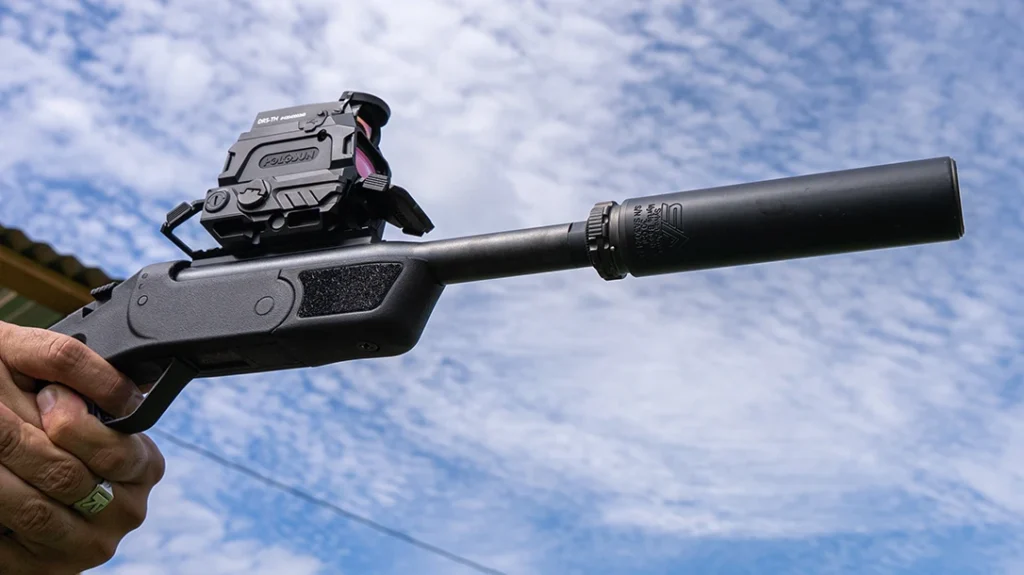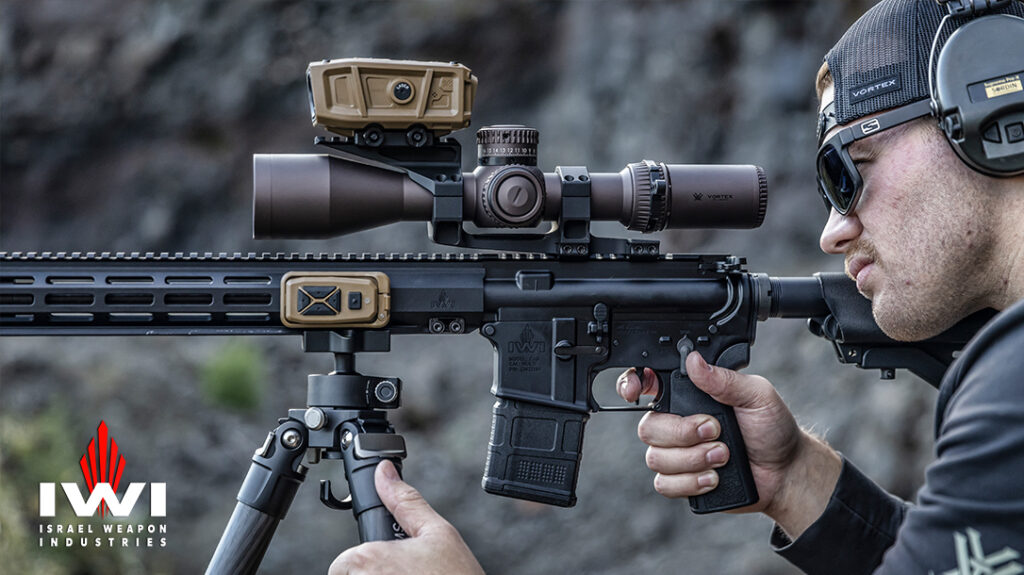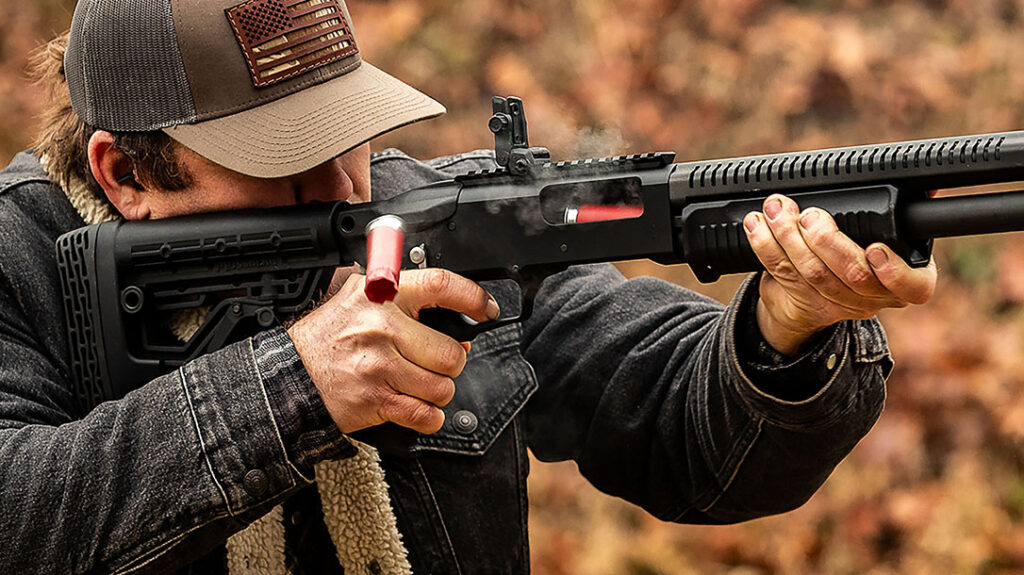Any good armed home defense plan should start with just that—a plan. The first goal should be to avoid ever being targeted with an attack on your home. The second goal should be a plan, like when confronted with a fire, you have a plan for safe escape. However, any plan also needs to consider the possible reality of needing to defend one’s home. What follows is a focus on the likelihood of needing to defend your home, a brief discussion of avoiding and escaping, and then a focus on defense.
The Case for Armed Home Defense: Property Crime Statistics
In 2022, there was a large survey of United States (U.S.) citizens examining the use of firearms in defensive situations. Over 80% of reported defensive uses of firearms did not require the discharge of the firearm. Similarly, over 80% occurred at the person’s property or home.
Regional crime statistics from urban centers indicate there was a 35-36.5% increase in burglaries from 2021 to 2022. Based on national data before 2020, approximately 1,000,000 homes are targeted for burglary yearly. Half are home invasions (breaking into a residence that is occupied).
Advertisement — Continue Reading Below
Based on the number of homes in the U.S., the yearly risk of a burglary of any kind is 1 in 140, and home invasion is 1 in 280. Many home invasions follow the same pattern as a regular burglary. However, many include additional violent crimes (38% of violent assaults and 60% of rapes happen after a home invasion).
The good news is that most burglaries are done by amateurs, tend to be under 10 minutes, and only approximately a third of burglars are armed prior to entry.

Advertisement — Continue Reading Below
None of these national statistics provides an accurate risk for any individual needing to repel an active armed attack on their home. However, they do provide some insight into the likelihood.
As in all instances of self-defense, the presentation of a determined armed resistance is often sufficient to end an attack. However, it is also clear that purposeful home invasions intending to harm the occupants do occur.
Avoid being targeted
Briefly, the chief goal of any home defense plan is to dissuade an attack in the first place. Your first line of defense is making your home an unattractive target. This can include lighting, security systems, secure entrances, the presence of dogs, no obscured entrances, and cameras. All have been shown to reduce the likelihood of a home being targeted for burglary.
Advertisement — Continue Reading Below

Escaping an Attack (and Inform or be Silent)
The next layer of any good home defense plan should be to escape safely. This begs the question: Is there anything in the home I am willing to kill or die to protect? If the answer is “yes,” then escape may not be an option. If the answer is “no,” then safely escaping is the wiser choice, if possible.
Escape, call the police, and be a good witness. A part of this may be the decision to inform the invaders of your presence. Though it does remove the element of surprise, there is a greater likelihood that the invaders did not know you were home or are unprepared to deal with an alerted and armed homeowner.
Advertisement — Continue Reading Below
Though the choice is a personal one, my plans included loudly letting the people attacking my house know that:
- I am armed
- I am willing to defend
- The police have been called
Defending the Home
If you must fight, fight to win. In my opinion, there are four advantages to loudly informing attackers of my location and status.
First, there is a good chance the attackers will leave after learning that an armed and determined defender is present. Second, if the attackers proceed, I personally feel I am on better moral grounds to use force as needed. Third, if I am fighting, it is because there is someone I wish to defend.
Advertisement — Continue Reading Below

In my case, this would most likely be my son. Thus, if the attackers are there to do harm, I want to attract them to me.
Fourth, if I draw them to me, I choose where I fight and can have that area pre-prepared.
Advertisement — Continue Reading Below
4 Steps to Ensure Successful Home Defense
Hunting for attackers throughout the home might be a necessary activity. However, offensively moving through your own house looking for attackers is not optimal and can be extremely dangerous.

If possible, you want the attackers to come to you in a well-prepared and defended space. Again, this will vary with each person’s goals and home designs. But no matter the limitations, specific steps can be taken to ensure that if you must fight, you will likely win.
Advertisement — Continue Reading Below
- Funnel attackers as much as possible into an area with little cover and that does not put anyone at risk of missed shots. In my case, the hallway to the master bedroom is narrow and does not offer cover. Likewise, any missed round will not enter any normally occupied room, and faces a set of hills once out of the home.
- Consider fighting from an ensconced position, providing cover (stopping any incoming rounds). In my case, I have added used level 4 plates into the walls immediately to either side of the master bedroom door. This can also be achieved with bookcases or other heavy furniture.
- Stage the needed gear where you will most likely be. Previously, due to being in a packed subdivision, my home defense gun was a handgun in a fast-release safe. Now it is a rifle and armor.
- Plan what you would do in the most likely scenarios. When would you escape? When would you defend? What would you say? Who oversees various actions (like who is calling the police)?
Tailor Your Home Defense Plan to You
No plan fully survives contact with an enemy. But by making plans, we are more prepared to take action in a high-stress environment. Also, by planning, we make sure errors are less likely than making snap life and death decisions in the moment.
Any home defense plan will be tailored to you, your home, your likely situations, your skills, and what you are comfortable with. The goal is to plan, think through the options, and be ready.

Advertisement — Continue Reading Below
























